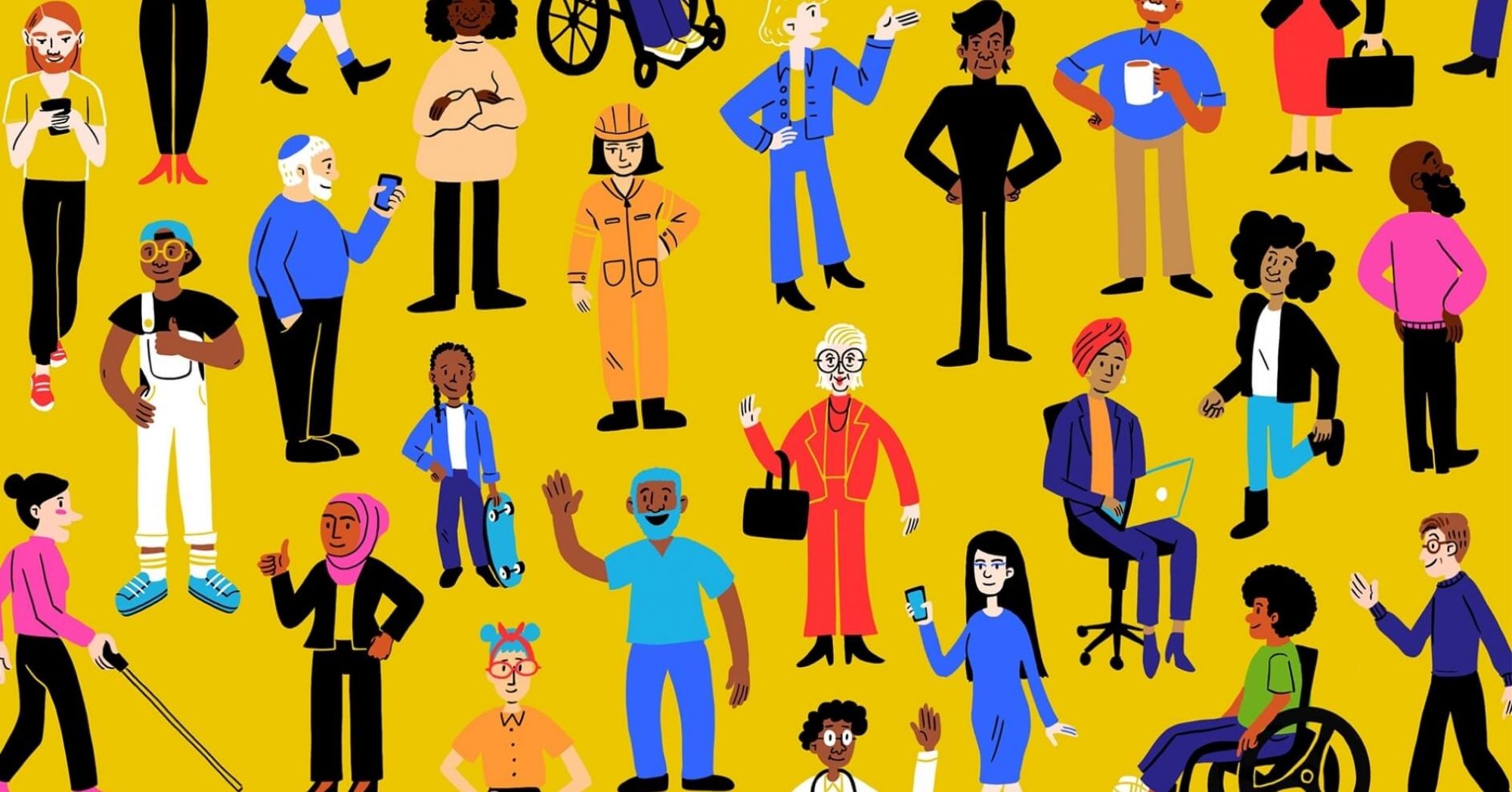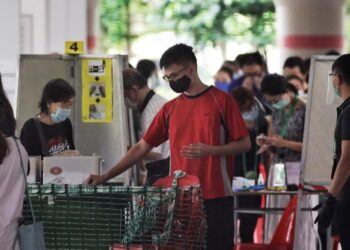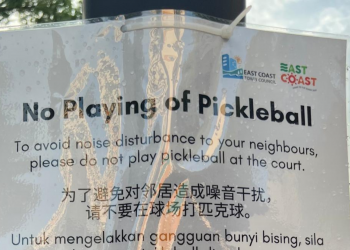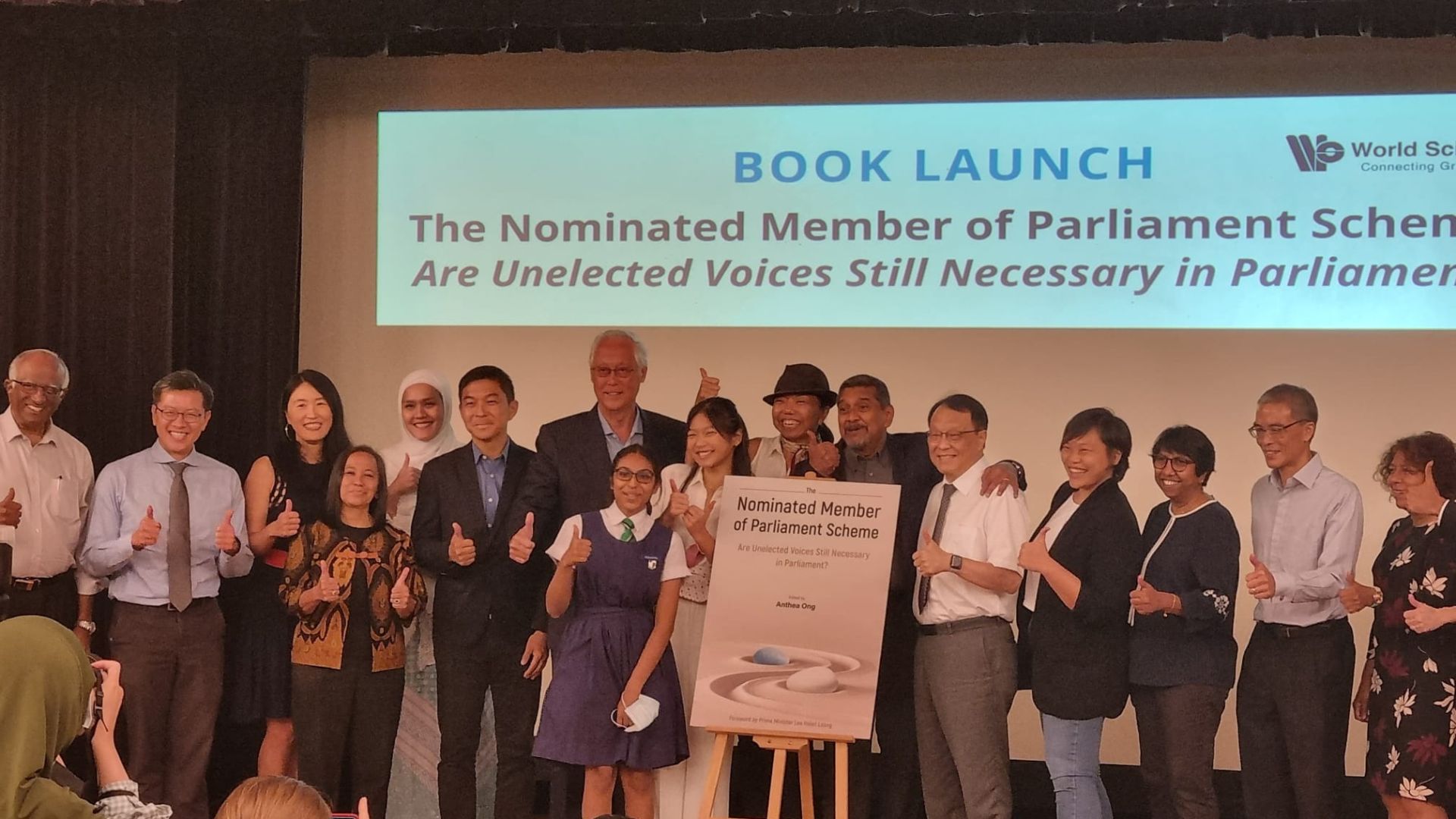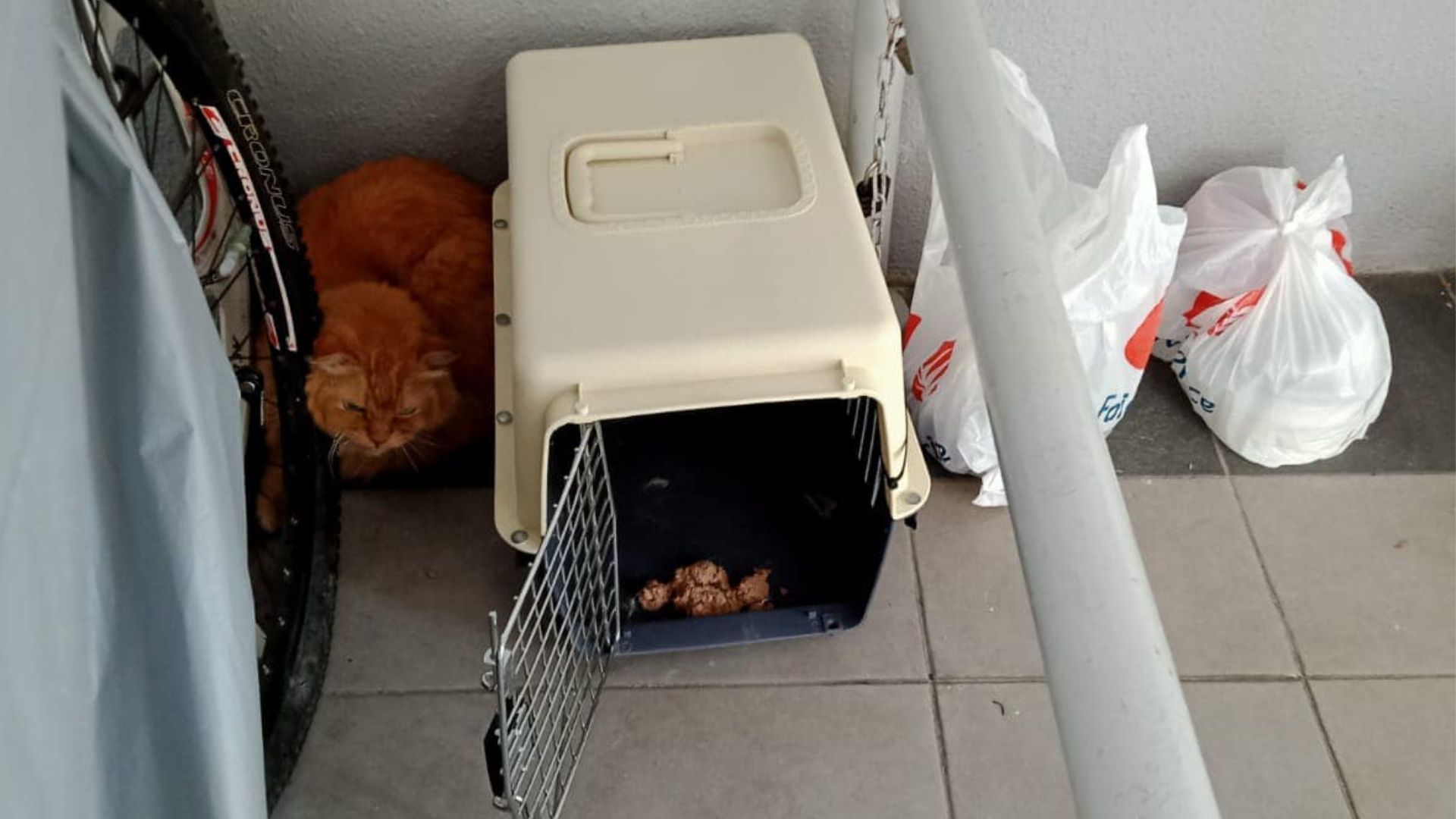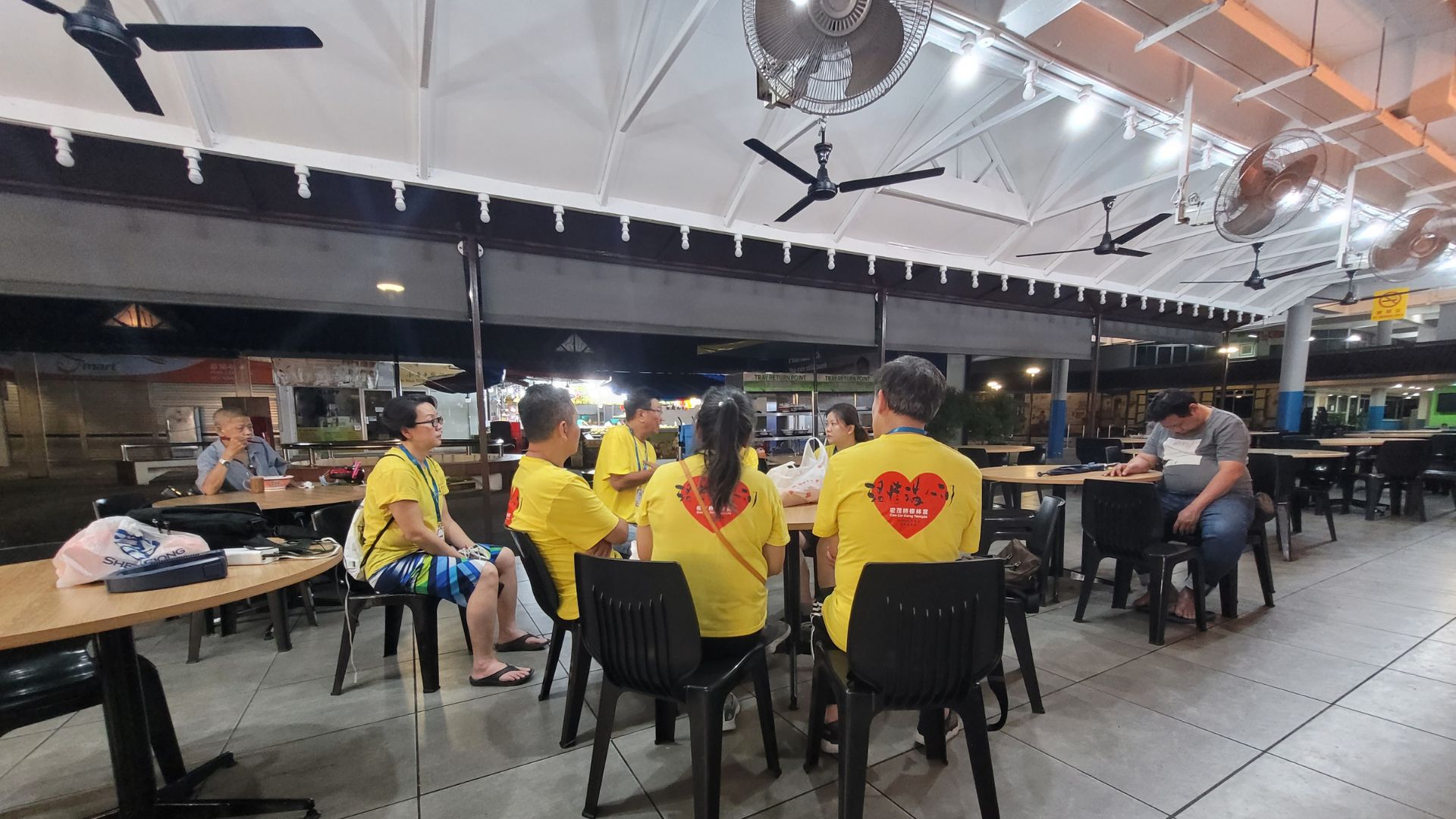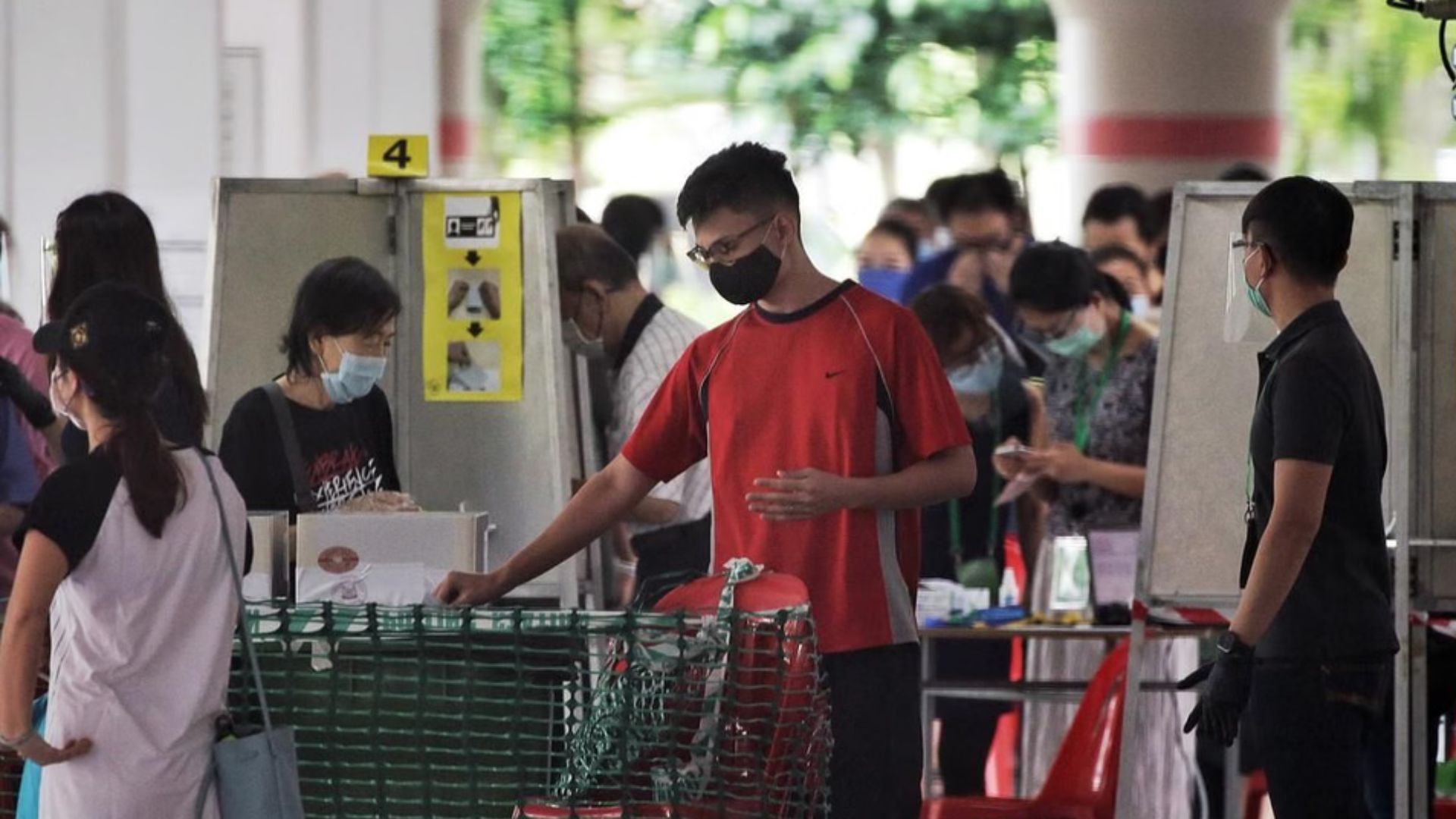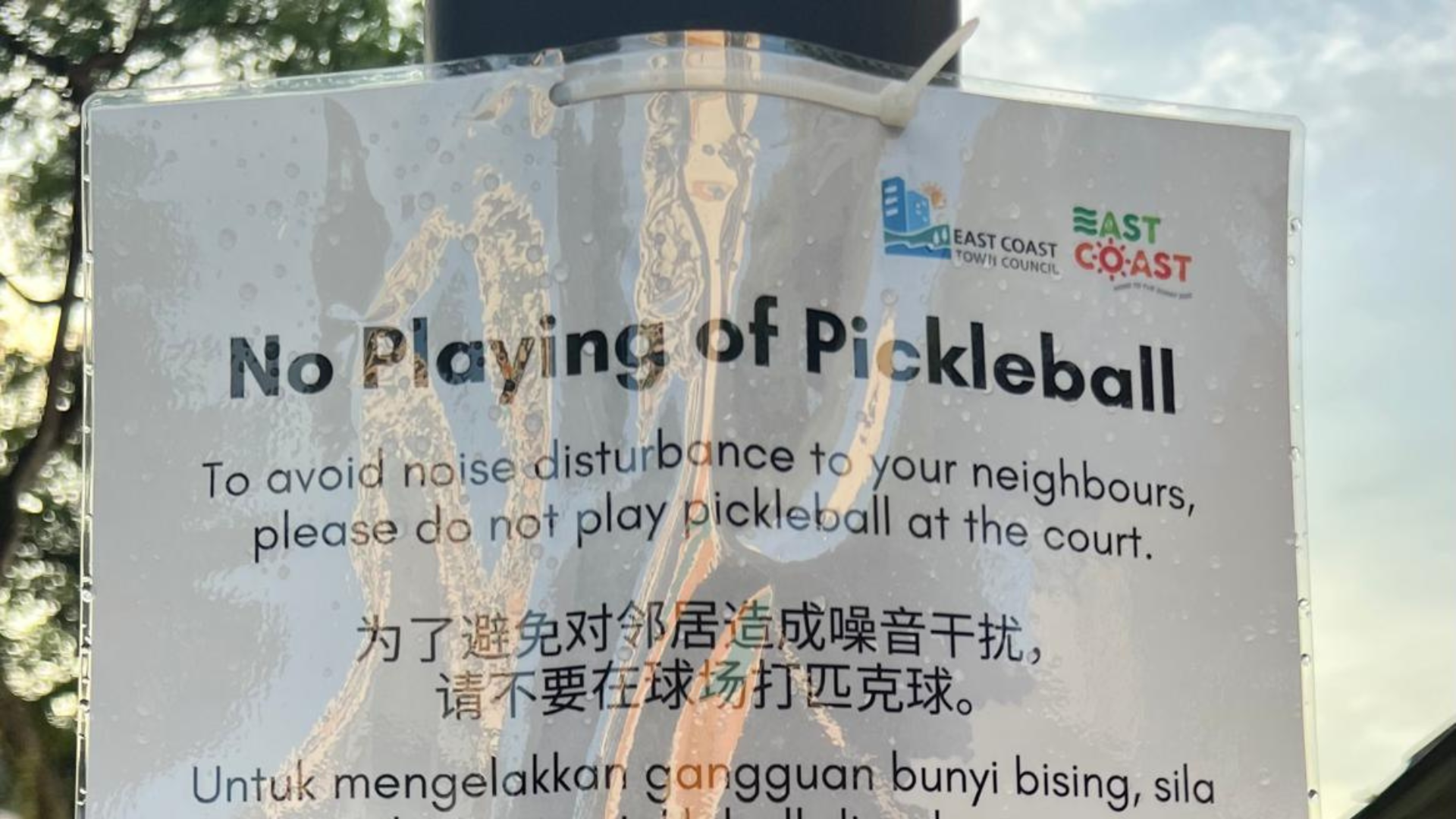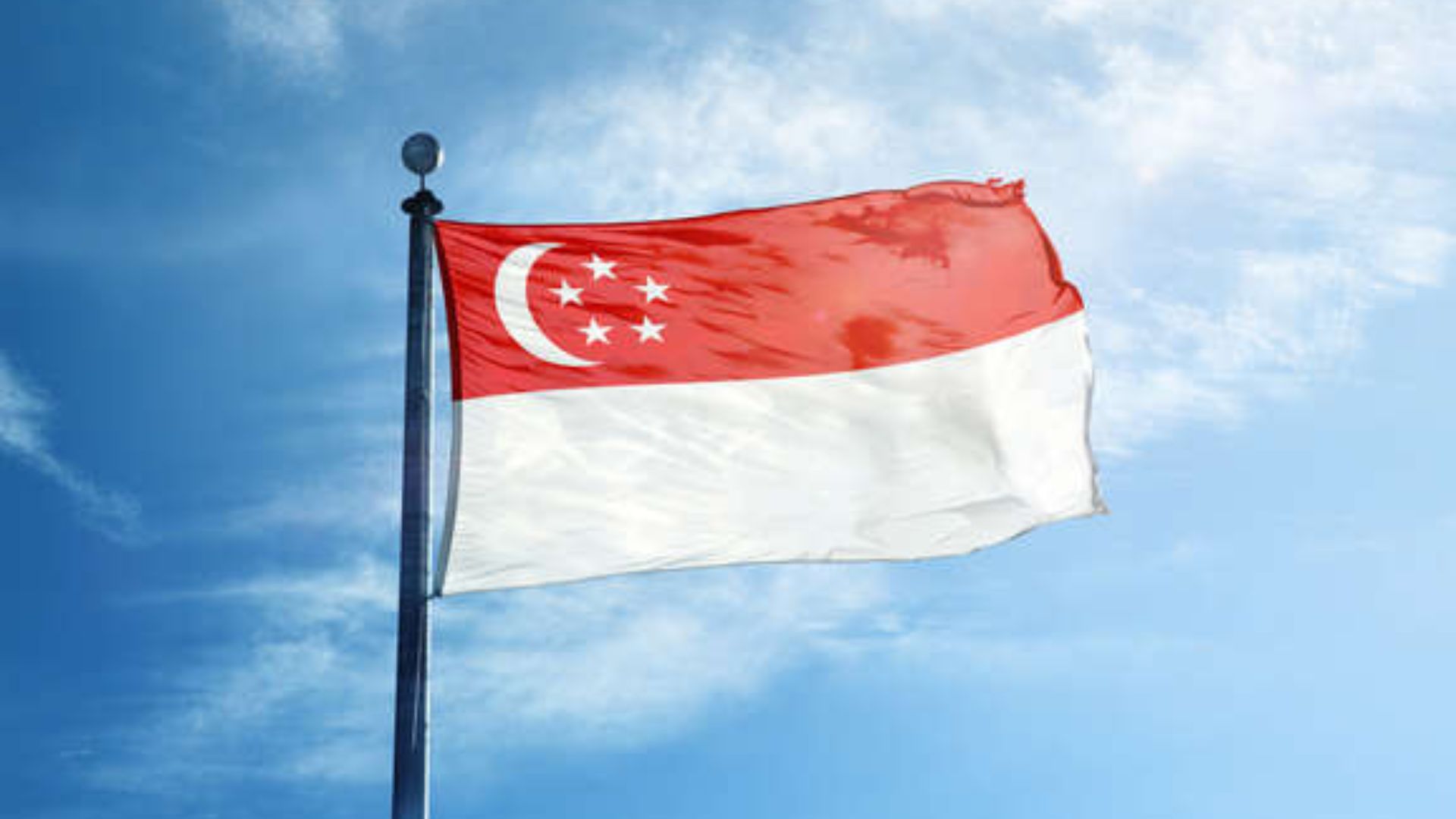For five years now, Campaign Asia-Pacific has conducted an annual Diversity Study in partnership with Kantar, the world’s leading data, insights, and consulting company. In 2019, polls were conducted in 14 developed countries to assess workplace diversity and inclusion (D&I) practices. Amongst the countries polled, including America and Canada, Singapore ranked 2nd lowest.
Levels of workplace equality worsening
Come 2020, Campaign Asia-Pacific’s annual report revealed worsening levels of equality and support across the globe, with almost half of people surveyed saying that men are more respected by top management. This is more than double the figure that was retrieved from 2017.
However, the company also noted that these results could be an indicator of respondents possessing a greater awareness of workplace issues, and their deduction goes in hand with 7% more respondents saying they felt more empowered to speak up about sexual harassment in the workplace in 2020, than 2019.
Mandy Rico, the global director of Kantar, said that “a significant amount of work remains to be done to make workplaces more inclusive, diverse and equal, especially around the subject of bullying, which persists at high levels around the world.”
Some of our companies are getting it right… but not enough
There’s a company called Refinitiv that also released its D&I Index in 2019. Refinitiv measured the relative performance of over 7,000 international companies to narrow down on the world’s top 100 diverse and inclusive organisations. Singtel was 79th on the list, making it one of only 22 other countries from the Asia-Pacific region that made it on the list. Unfortunately, it is also the only Singaporean company to have made it on the list.
While diversity and inclusion is a global problem that is still in search of a solution, it is an especially glaring issue in a country as multiracial as Singapore, where the availability of a diverse workforce is readily accessible.
Furthermore, what little diversity that the Singaporean workforce consists of is at risk due to 32% of Singapore respondents being most likely to be made made to “feel uncomfortable” by their employers.
Inequality in workplaces is multi-faceted
And it’s getting worse. The four indexes that Refinitiv uses during its D&I surveys are: diversity, inclusion, people-development, and controversies. While there are plenty of issues that plague workplaces, the subjects of gender and race definitely take the cake.
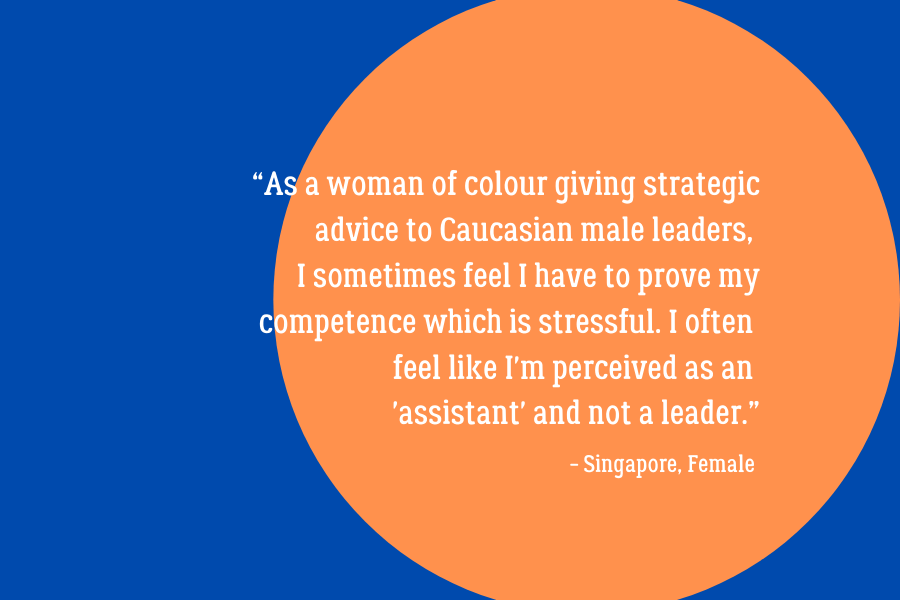
A lack of proper inclusion can deeply impact the performance of employees. Employees from diverse backgrounds may be a victim to unconscious bias, lack of representation, microaggressions, and many other stressors. 64% of survey respondents said that they did not receive the same level of respect from top management because of gender, and 57% felt that race was also a reason.
Gender inequality continues to rise
Despite representing 50% of the human population, and being an integral part of Asian households, the inclusion of women in the workforce remains discouraging. Female employees continue to be subject to an atmosphere that is unfriendly at best, often making them feel victim to preconceived notions regarding their skills. With 70% of women feeling like they were being judged professionally because of their gender, women are less likely to be willing to demonstrate their skills as well.
Worse, the situation is not only not improving, but may actually be getting worse with less female workers feeling as if they’re treated as equals to their male counterparts. Female employees also reported feeling that their superiors and senior colleagues were more likely to take male staff more seriously. 52% of women said that they were missing out on opportunities in media and marketing.
What diversity could mean for companies from a corporate standpoint
It remains in the best interests of all companies to diversify their staffing and leadership bodies. With Refinitiv’s D&I index available on trading software Eikon, the data and metrics can be used by companies to evaluate and improve their long-term career opportunities and recruitment practices.
While the lack of female inclusion is apparent at multiple levels and across many industries, their absence is especially noticeable in top-tier leadership and management. The Council for Board Diversity found that 15.7% of board members in the 100 Singapore-listed companies were women, an incredibly slim margin of 0.5% increase since 2019.
With the council’s goal of hitting 20% representation by end of this year, this minuscule increment casts doubt upon their aim. But let’s say things do take a fast-track and end up reaching that number, the corporate eco-system is going to be forced into shifting gears soon, or we’re going to end up seeing monopolisation that’s built on bias.
Correcting bias on a personal level is a challenge as it is. Correcting micro-aggressions and corporate bias is a fight that many have fought long and hard for. Speaking of how companies could make baby steps toward change, one female Australian survey respondent suggested: “Compulsory training around bias, diversity, and equity for all staff. Actually writing things into policy and enforcing from top-down rather than just ‘feel-good’ blanket comms.”
